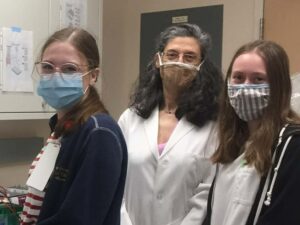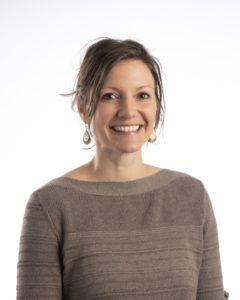
Congratulations to these Biochemistry trainees for their excellent performance at UAMS Student Research Day.
- Jessica Kelliher is a 3rd year graduate student in the Biochemistry and Molecular Biology track mentored by Dr. Brian Koss and Dr. Justin Leung. She won 1st Place for Bhuvan Award for Excellence in Biochemistry Research for a poster entitled “H2AX Linker Region Mediates 53BP1 Recruitment to Chromatin”.
- Matthew Thompson is a 3rd year graduate student in the Biochemistry and Molecular Biology track mentored by Dr. Alicia Byrd. He won 3rd place for Bhuvan Award for Excellence in Biochemistry Research and was a Runner-up for Winthrop P. Rockefeller Cancer Institute Award for Outstanding Cancer Research in the graduate student division for his poster entitled “DNA Helicase B (HELB) safeguards genomic integrity in response to DNA replication stress”.
- Mason McCrury Thompson is a 2nd year graduate student in the Biochemistry and Molecular Biology track mentored by Dr. Samantha Kendrick. He was a Runner-up for Winthrop P. Rockefeller Cancer Institute Award for Outstanding Cancer Research in the graduate student division for his poster entitled “Activation Induced cytidine Deaminase as a Mutagen on G-quadruplex DNA in Lymphoma”.
- Kirk West is a Postdoctoral Fellow mentored by Dr. Kevin Raney and Dr. Justin Leung. He was the winner of Winthrop P. Rockefeller Cancer Institute Award for Outstanding Cancer Research in postdoc/resident division.













